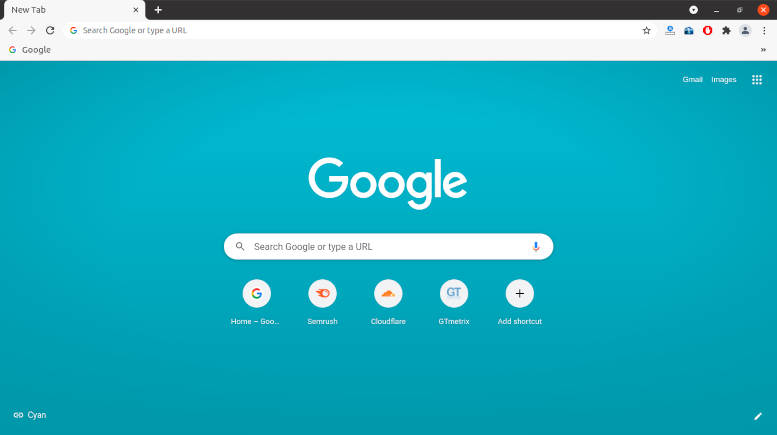

The “name” parameter specifies the package name (Google Chrome in our use-case) and the “state” verify that is present in our system after the execution.īefore installing the package the “update_cache” performs an update of the apt-cache to ensure that the latest version of the package is going to be downloaded. The “repo” parameter specifies the repository parameters and the “state” verify that is present in our system after the execution.įor the Ansible module I’m going to use three parameters: “name”, “state”, and “update_cache”. The “url” parameter specifies the URL of the repository gpg signature key and the “state” verify that is present in our system after the execution.įor the _repository Ansible module I’m going to use two parameters: “repo” and “state”.

The third step is to update the apt cache for the available packages and install Google Chrome using the Ansible module. You are going to use the _repository Ansible module. It’s an extra website were apt, your distribution Package Manager looks like for software. The second step is to add the add Google Chrome repository to the distribution. This encrypted key verifies the genuinity of the packages and the repository and guarantees that the software is the same as Google releases. You are going to use the _key Ansible module. The first step is to download the gpg signature key for the repository. In order to install Google Chrome on a Debian-like system, we need to perform three different steps.



 0 kommentar(er)
0 kommentar(er)
